Roof Repair
How to Know If You Need Roof Repair or Replacement
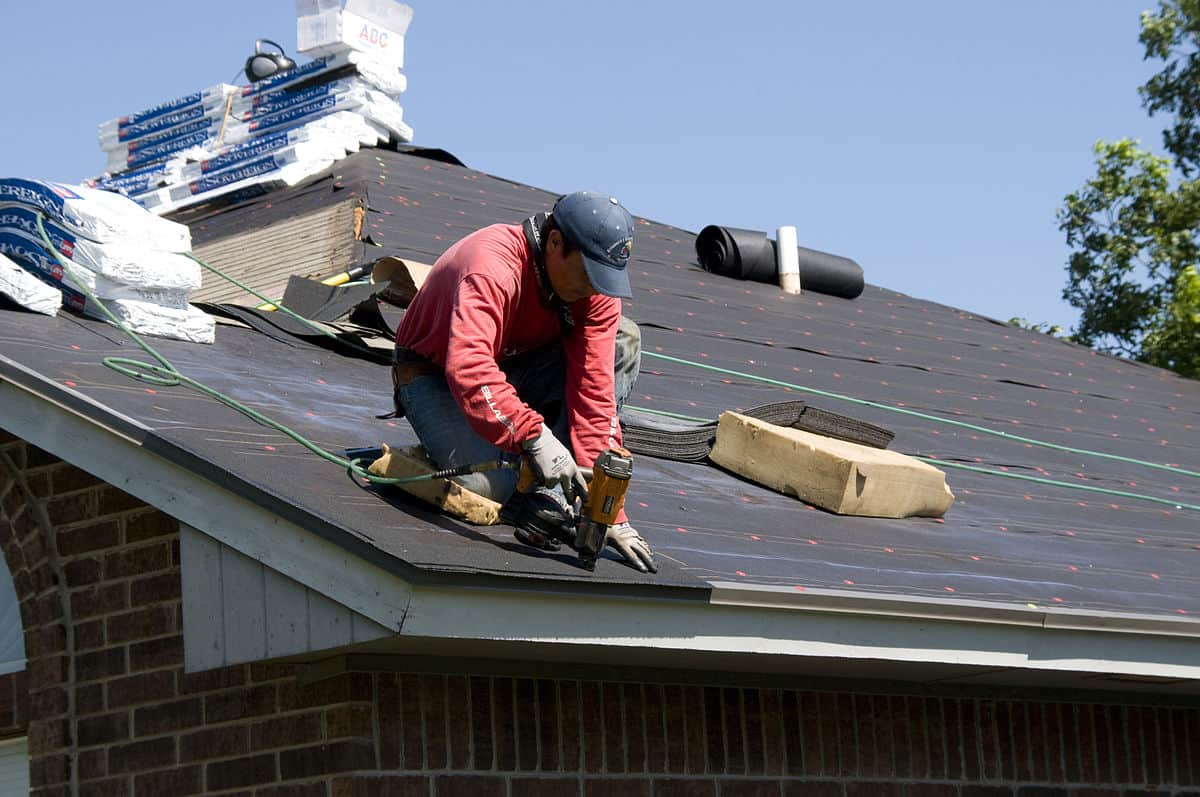
Your roof is more than just a protective layer—it’s a critical component of your home’s structural integrity and comfort. Deciding between roof repair and replacement can be challenging, but understanding the signs and consulting with professionals like Evergreen Exteriors can help you make an informed decision.
Understanding Roof Repair vs. Replacement
Roof Repair involves fixing specific issues such as leaks, damaged shingles, or minor structural problems. It’s a cost-effective solution when the damage is localized and the roof's overall condition is still sound.
Roof Replacement, on the other hand, is necessary when the roof has widespread damage, is nearing the end of its lifespan, or has multiple issues that repairs can't address effectively. This option provides long-term protection and can enhance your home's value.
Signs You Need Roof Repair
Localized Damage: If only a small section of your roof is affected—like a few missing shingles or a minor leak—repairing that specific area can restore your roof's functionality without the need for a full replacement.
- Recent Storm Damage: After a storm, inspect your roof for visible damage. Missing shingles, dents, or leaks can often be repaired without replacing the entire roof.
- Minor Leaks: Small leaks that haven't caused significant structural damage can typically be repaired. However, it's essential to address them promptly to prevent further issues.
- Gutter Overflow: If your gutters are clogged or damaged, water can back up and cause leaks. Repairing or cleaning your gutters can prevent water from entering your home.
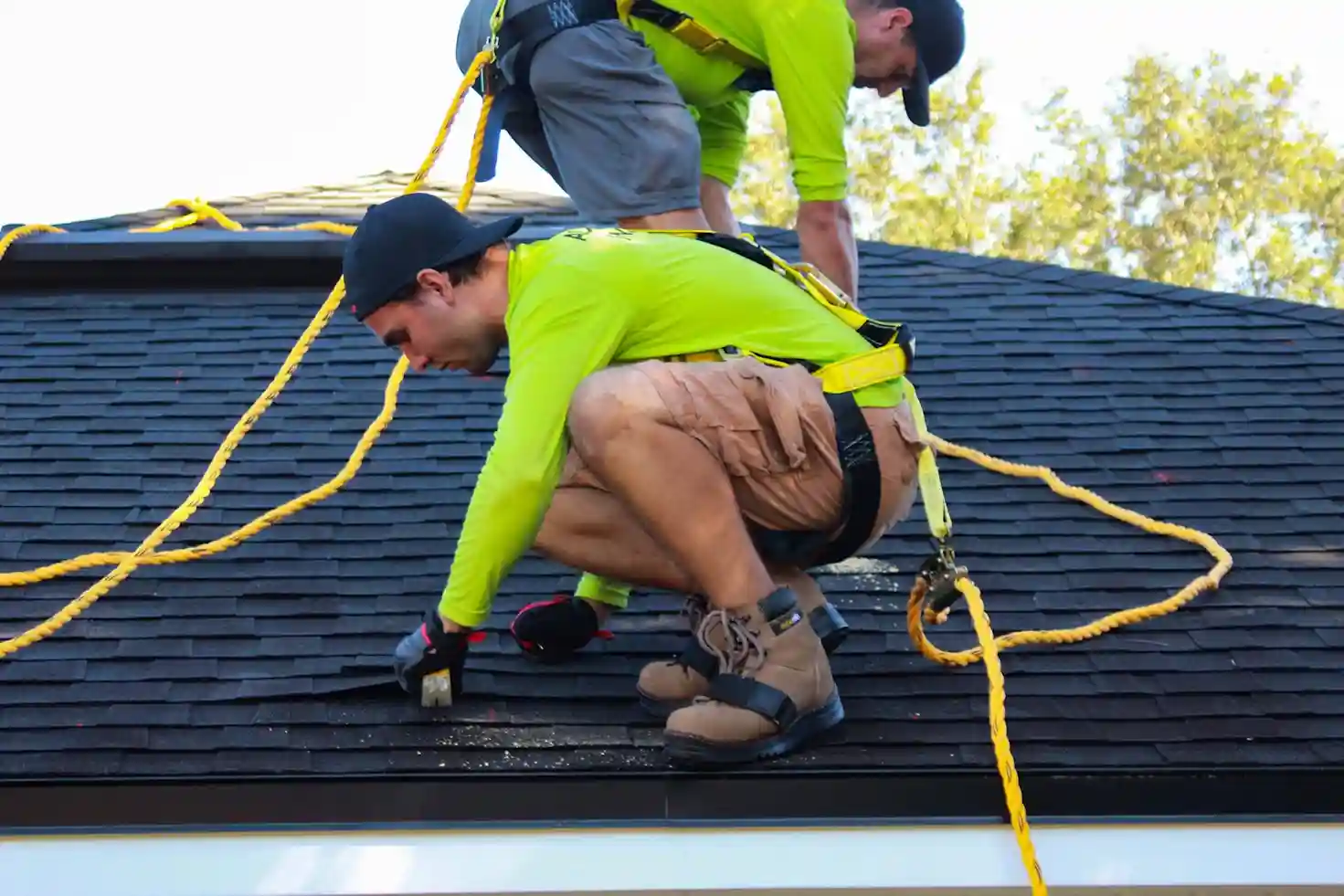
When Roof Replacement Is Necessary
Extensive Damage: If a significant portion of your roof is damaged—such as widespread shingle loss, sagging, or structural issues—replacement is often more cost-effective than repeated repairs.
Old Age: Most roofs have a lifespan of 20-30 years. If your roof is approaching or has surpassed this age, even minor issues may indicate the need for a full replacement.
Frequent Repairs: Constantly repairing your roof can become more expensive than replacing it. If you're scheduling repairs frequently, it's time to consider a new roof.
Water Damage Inside: If you notice water stains on your ceiling or walls, it could indicate significant roof damage. In such cases, replacement might be necessary to prevent further interior damage.
Benefits of Roof Replacement
Enhanced Protection: A new roof offers better protection against weather elements, reducing the risk of leaks and water damage.
Increased Home Value: A new roof can boost your home's curb appeal and overall market value.
Energy Efficiency: Modern roofing materials provide better insulation, leading to reduced energy bills.
Peace of Mind: With a new roof, you can rest easy knowing your home is protected for years to come.
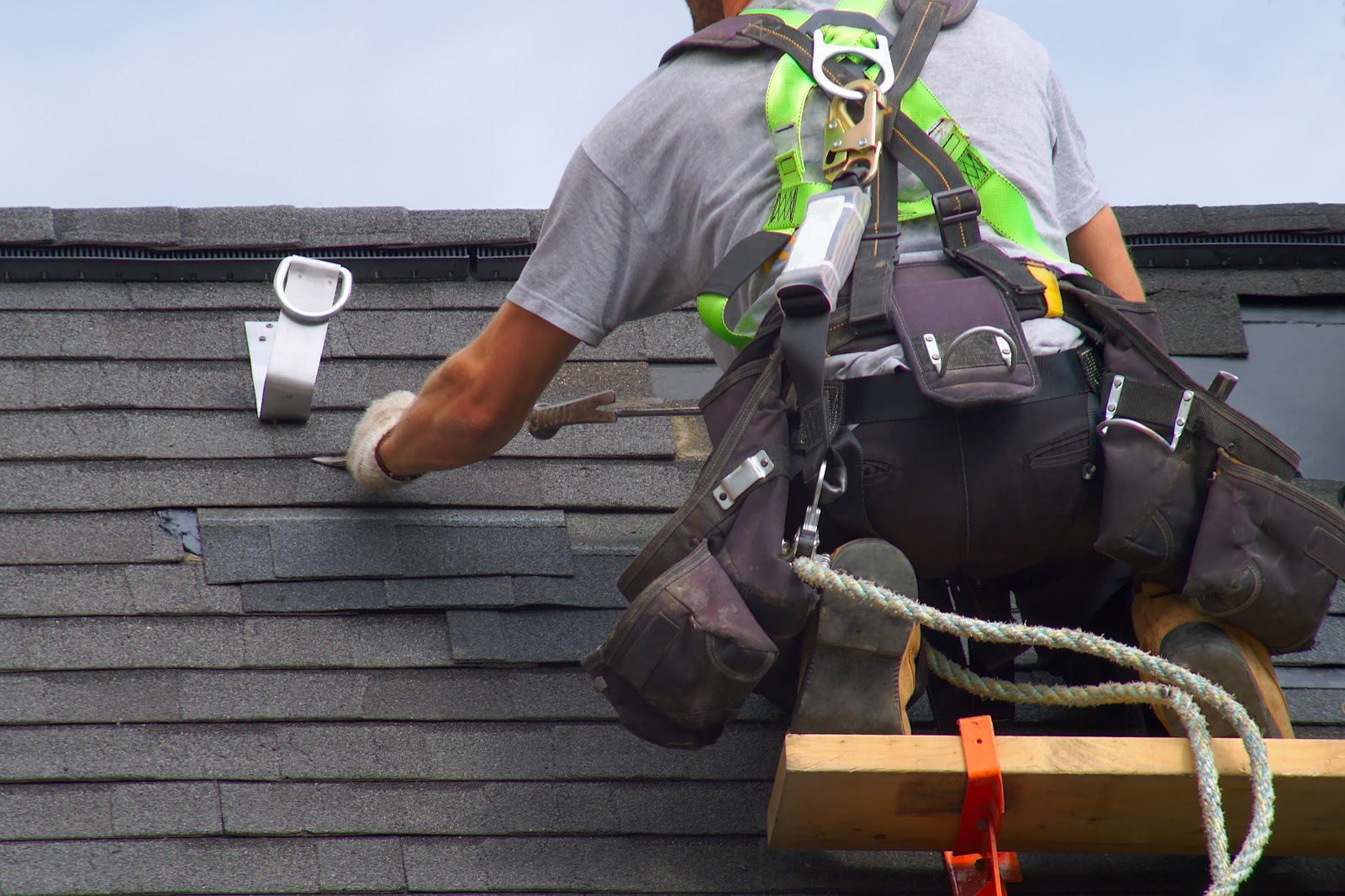
Evergreen Exteriors: Your Trusted Roofing Partner
Evergreen Exteriors, serving Boise and surrounding areas, offers expert roofing services tailored to your needs. Whether you require a minor repair or a complete roof replacement, their team provides:
- Free Estimates: Understand the scope and cost of your roofing project upfront.
- High-Quality Materials: They use top-grade materials to ensure durability and longevity.
- Expert Installation: Their skilled professionals ensure precise and efficient installation.
- Warranties: Evergreen Exteriors offers warranties on their work, giving you added peace of mind.
Determining whether to repair or replace your roof depends on various factors, including the extent of damage, the roof's age, and the cost-effectiveness of repairs. Consulting with professionals like Evergreen Exteriors can provide clarity and help you make the best decision for your home.
If you're experiencing issues with your roof, don't wait for small problems to become big ones. Reach out to Evergreen Exteriors for a comprehensive roof inspection and expert advice tailored to your situation.
How Roof Repair Can Improve Energy Efficiency
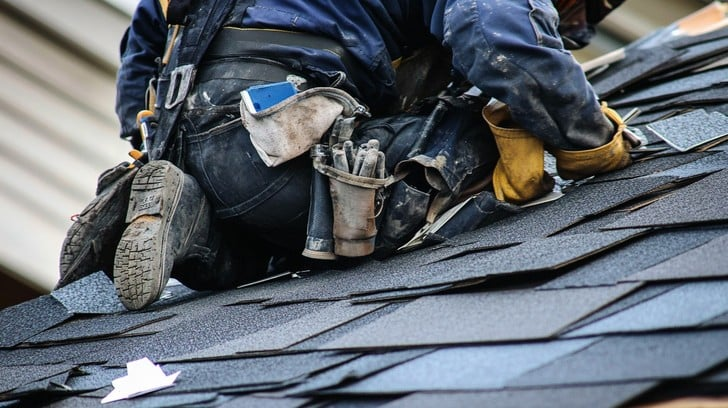
Your roof is more than just a protective shield against the elements; it's a critical component in your home's energy efficiency. Over time, wear and tear can compromise its performance, leading to increased energy bills and reduced comfort. Understanding how roof repair can enhance energy efficiency is essential for homeowners seeking to optimize their living environment and reduce costs.
The Role of Your Roof in Energy Efficiency
A well-maintained roof acts as a barrier that regulates the temperature inside your home. It prevents heat from escaping during the winter and blocks excessive heat from entering during the summer. This regulation reduces the workload on your heating and cooling systems, leading to lower energy consumption and bills.
Common Roofing Issues Affecting Energy Efficiency
Several roofing problems can undermine your home's energy efficiency:
- Leaks and Gaps: Even small leaks can lead to significant heat loss.
- Poor Insulation: Inadequate insulation allows heat to escape, forcing HVAC systems to work harder.
- Damaged or Missing Shingles: Exposed areas can let in moisture and air, disrupting the home's thermal balance.
- Improper Ventilation: Without proper airflow, attics can overheat, affecting the entire home's temperature.
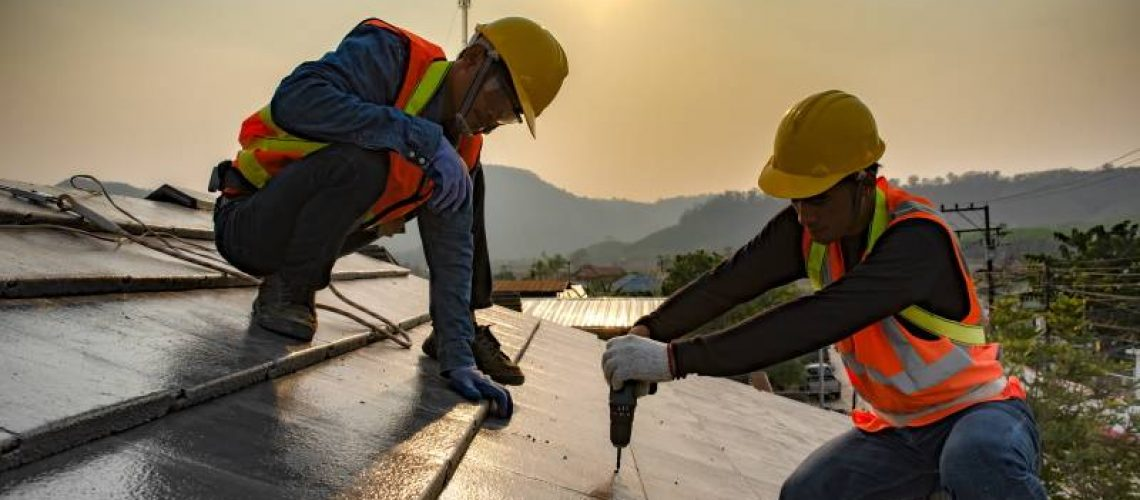
How Roof Repair Enhances Energy Efficiency
Addressing these issues through timely roof repair can lead to:
- Improved Insulation: Repairing or replacing damaged insulation helps maintain consistent indoor temperatures, reducing the need for constant heating or cooling.
- Enhanced Ventilation: Ensuring proper attic ventilation prevents heat buildup, especially in warmer climates, and reduces the risk of ice dams in colder regions.
- Sealing Gaps and Leaks: Fixing leaks and sealing gaps prevents warm or cool air from escaping, leading to more efficient energy use.
- Reflective Roofing Materials: Using materials that reflect more sunlight can lower roof surface temperatures, reducing cooling costs in hot climates.
Long-Term Benefits of Roof Repair
Investing in roof repair not only improves energy efficiency but also offers:
- Cost Savings: Reduced energy consumption translates to lower utility bills.
- Increased Comfort: Consistent indoor temperatures enhance overall comfort.
- Environmental Impact: Lower energy use reduces your carbon footprint.
- Extended Roof Life: Regular maintenance can prolong the lifespan of your roof.
Regular roof maintenance and timely repairs are crucial for maintaining and improving your home's energy efficiency. By addressing issues promptly, you can enjoy a comfortable living environment, lower energy costs, and contribute positively to the environment. If you're experiencing any of the common roofing issues mentioned, it's advisable to consult with a professional roofing contractor to assess and rectify the situation.
Roof Repair 101: Understanding Different Types of Roofs and Their Repair Techniques

Maintaining a roof in good condition is essential for protecting a home from weather damage and ensuring its structural integrity. Over time, different types of roofs experience wear and tear that requires specific repair techniques. Understanding how each type of roof is constructed and the common issues it faces can help homeowners address problems before they escalate.
Asphalt Shingle Roofs and Their Repair Methods
Asphalt shingle roofs are among the most popular choices for residential properties due to their affordability and durability. These roofs are made from a fiberglass or organic mat coated with asphalt and granules for added protection. Despite their resilience, asphalt shingles can suffer from curling, cracking, or missing shingles due to strong winds, hail, or general aging.
Repairing an asphalt shingle roof typically involves replacing damaged shingles. This requires carefully lifting the surrounding shingles, removing the damaged piece, and securing a new one in place using roofing nails and adhesive. If the roof has widespread damage or severe granule loss, a full roof repair may be necessary to maintain proper protection.

Metal Roofs and Their Unique Challenges
Metal roofs are known for their longevity and energy efficiency, making them a preferred option for both residential and commercial buildings. They come in various materials, including aluminum, steel, copper, and zinc. While metal roofs are highly resistant to extreme weather conditions, they are not immune to issues such as rust, leaks at seams, and denting from hail or falling debris.
Repairs for metal roofs often involve sealing leaks using waterproof coatings or specialized sealants. Rust spots need to be sanded down and treated with a rust inhibitor before applying a protective finish. If a metal panel is severely damaged, replacing it may be the best solution to prevent further issues. Proper maintenance, including regular inspections and prompt sealing of small gaps, can help extend the life of a metal roof.
Tile Roofs and Their Repair Considerations
Tile roofs, whether made from clay, concrete, or slate, provide a classic and durable roofing option that can last for decades. These roofs offer excellent resistance to fire, rot, and insects but can be prone to cracking or breaking under heavy impact or improper installation.
Repairing tile roofs requires precision, as walking on them incorrectly can cause additional damage. If a tile is cracked or missing, the damaged section must be carefully removed, and a new tile secured in place using roofing adhesive. Since tile roofs are often layered, it is crucial to check for underlying damage, such as compromised underlayment, that may require additional repairs.
Flat Roofs and Common Repair Techniques
Flat roofs are commonly found on commercial buildings and modern residential structures. These roofs are constructed using materials like modified bitumen, PVC, TPO, or built-up roofing. Unlike pitched roofs, flat roofs are more susceptible to pooling water, which can lead to leaks and deterioration over time.
Repairing a flat roof depends on the type of material used. For rubber or membrane-based systems, patching leaks with a compatible sealant or adhesive is a common solution. If the damage is extensive, reapplying a new layer of roofing material or reinforcing seams may be required. Regular maintenance, such as clearing debris and ensuring proper drainage, can help prevent costly repairs.

Wood Shake and Shingle Roofs and Their Maintenance
Wood shake and shingle roofs offer a natural aesthetic and good insulation properties, but they require consistent upkeep to prevent moisture damage and decay. These roofs are typically made from cedar, redwood, or other rot-resistant wood types. Over time, exposure to the elements can cause wood shakes to split, curl, or grow moss and mildew.
Repairing a wood shake roof involves replacing damaged shakes while ensuring proper ventilation to prevent future moisture buildup. This process includes removing the broken shake, cutting a new piece to size, and securing it with nails. Regular treatments with preservatives and protective coatings can help prolong the lifespan of a wood shake roof.
The Importance of Timely Roof Repairs
Regardless of the type of roof, timely repairs are crucial for preventing minor issues from turning into major structural problems. Small leaks can lead to water damage, mold growth, and compromised insulation, making repairs more expensive in the long run. Regular inspections, especially after severe weather events, can help identify damage early and ensure prompt action is taken.

Map :
https://maps.app.goo.gl/niuRcM6hmS7ULCkT6
Social Profiles
Yelp : https://www.yelp.com/biz/evergreen-exteriors-boise-3
Facebook : https://www.facebook.com/p/Evergreen-Exteriors-Roofing-Siding-100093633170696/
Youtube : https://www.youtube.com/@EvergreenExteriors
